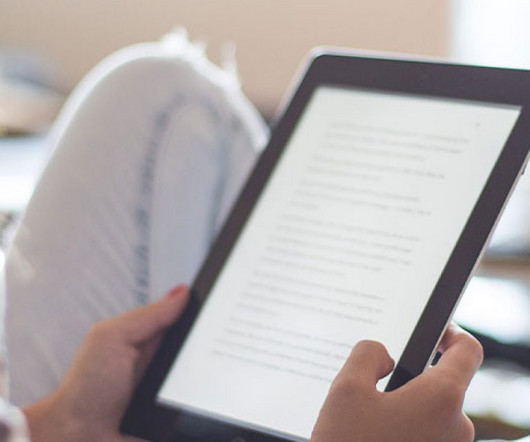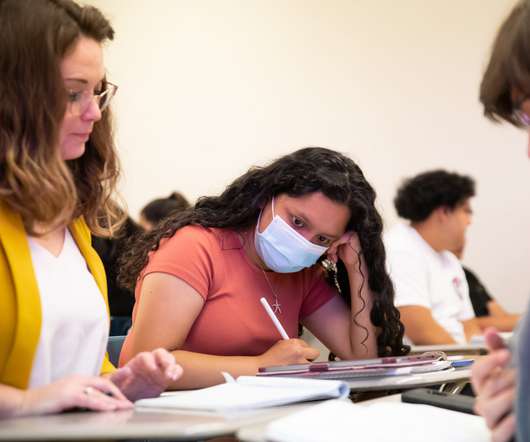Top 10 Digital Tools for the Classroom
Kitaboo on EdTech
NOVEMBER 10, 2022
The best digital tools for the classroom are the ones that provide an easy interface, facilitate collaborations, simplify communication between students and teachers, offer quick analytics for administrators, and are cost-efficient. Best Digital Learning Tools for Future-Ready Classrooms. Moreover, the platform is free for teachers.















Let's personalize your content